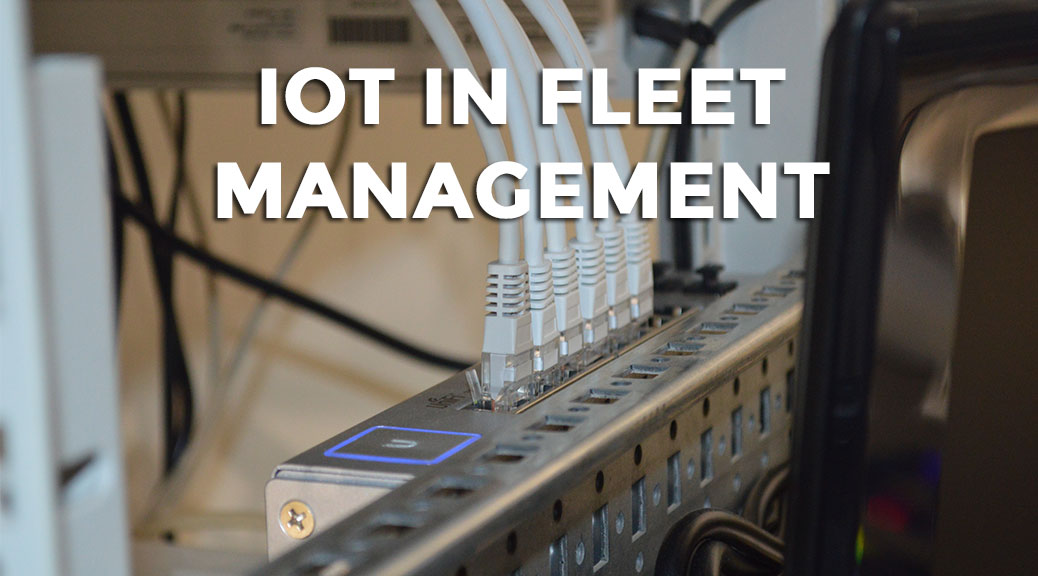IoT and fleet management complement each other. Sensors are highly portable and generally don’t have to transmit too much data. That’s perfect for fleet management utilizations and GPS tracking. For instance, if a truck is carrying a load of strawberries, sensors in the refrigerated containers could be programmed to send a distress signal if the temperature rises beyond a certain level.
Keeping strawberries nice and cool is just the tiny tip of a huge iceberg. A recent report available from TMR provides a long list of how the IoT supports fleet management. Uses include gathering analytics, vehicle tracking and monitoring, predictive maintenance, driver tracking, and monitoring and remote diagnostics.
Each of these can reduce costs and drive greater efficiency. IoT GPS tracker can perform tasks such as routing around traffic jams and otherwise adjusting routes (to avoid tolls or only use roads on which commercial vehicles are allowed, for instance). It can give organizations precise data on vehicles and their progress.
More Flexibility for Field Techs
GPS functions are the most obvious role for the IoT in fleet management. There are subtler uses. Think for a moment of a fleet of technicians working for a telecommunications company. Traditionally, commonly used tools and parts are carried on trucks. However, issues pop up that require materials that are back at the central warehouse. This can be a huge time waster.
Imagine a scenario in which a part is needed by a technician 10 miles away from the warehouse. However, a fellow technician is currently at the warehouse and is about to leave for a job a mile away from where the part is needed. A sensor on the part enables it to be quickly located. Fleet management platforms can determine the most efficient spot for the two technicians to meet. IoT technology, then, would be a key element in making this time and fuel-saving task possible.
Fleet Management Finds Problems Earlier
Motors and engines with moving parts create sound profiles that change if something is going wrong. It’s an early warning system. By the time humans hear the change, it generally is too late to avoid a disruption. IoT-based sensors can monitor those sound vibrations for minute changes and send an alert well before a problem. That can enable the vehicle to be fixed or taken out of service before a breakdown.
Another potential use case is vehicle servicing. Instead of systematically taking vehicles off the road for maintenance, the IoT enables servicing to happen on an as-needed basis. This allows healthy vehicles to stay on the road longer and those with problems to be serviced even if they still have time before their regular maintenance period.
More Efficient Driving — and Smart Cities
IoT can help drivers do better. The most obvious way is by monitoring their speed. More subtly, the rate at which drivers accelerate and the brake is a factor in fuel consumption. The amount of fuel saved by one instance of efficient acceleration or braking is tiny, of course. But retraining drivers means that the impact would be multiplied by the hundreds of times per shift they speed up and slow down and multiplied again by the number of vehicles on the road. It adds up to great savings.
In the even broader picture, fleet management IoT enabling technology will fit into smart cities. Ambulances, utility vehicles, and other fleets must coordinate with municipalities to run smoothly. The IoT will be at the center of this communication.
The bottom line is straightforward: Fleet management is one of the biggest line items on some companies’ budgets/ The IoT can help reduce its costs and increase its efficiency in many ways.
